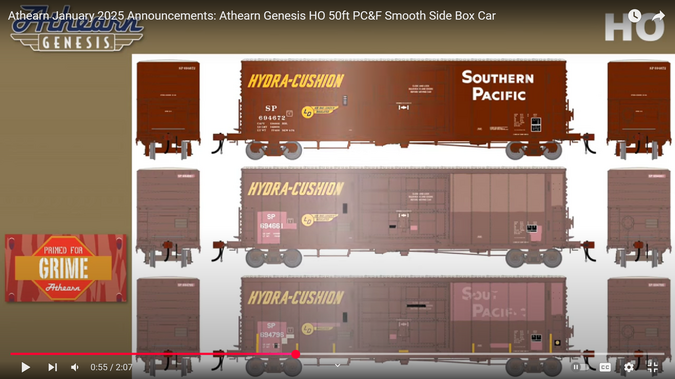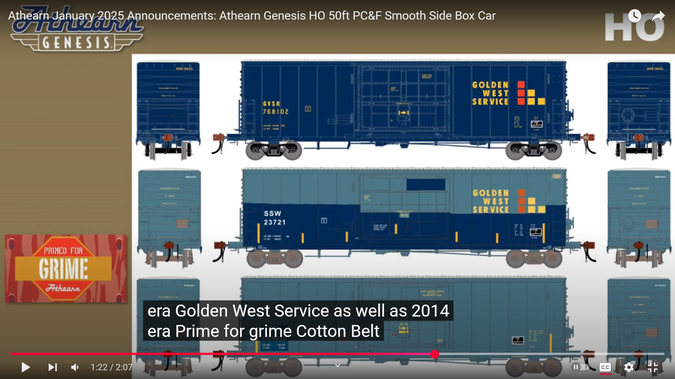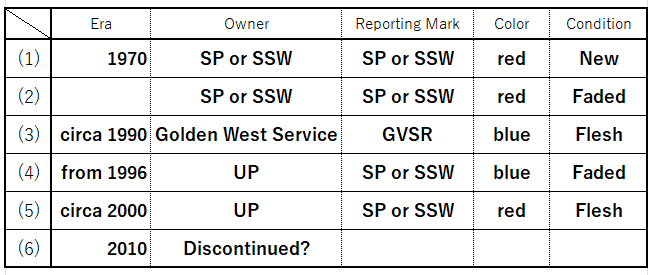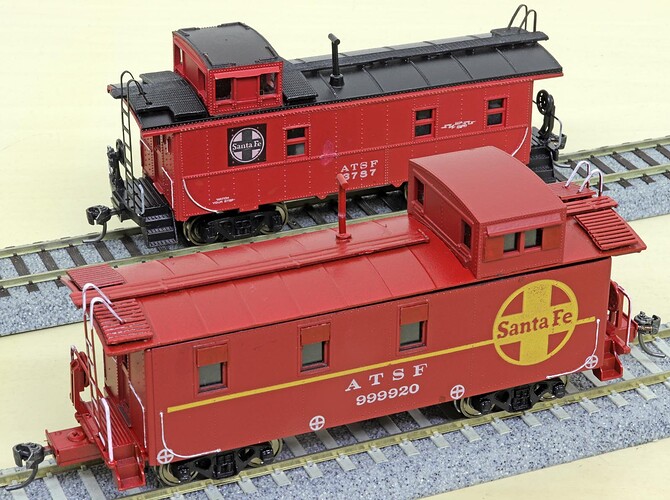Thank you for your reply. I know about “IPD,” but I’ve never heard of “MFCL cars.” Please let me know.
My understanding of “IPD boxcar” is as follows. I’m not very confident.
my Model Railroad Dictionary 4
[incentive per diem] Simply “per diem”, or “IPD” for short. In response to the shortage of boxcars in the late 1960s, the ICC implemented this policy in 1970 (Canada also participated).
Only for short railroads (operating distance less than 150 miles) that had no experience of owning interchange boxcars, the freight car usage fee (not the fare) was increased during the busy period from September to February for six months, and free runner operation was allowed. Major railroads could also participate, but the number of cars was limited to prevent overuse. It is called the IPD program. Approximately 40,000 cars were newly built by ACF, PS, BFF, Golden Tye, Paccar, Thrall, etc. from 1974 to 1981, and they were called IPD boxcars. They were generally 70-ton, 50-foot, plate C, with 10-foot sliding doors, exterior posts, and roll-end construction, but there were also 40-foot and 60-foot cars and 16-foot double doors.
Private investors flocked to funds that promised high returns, creating a huge boom. However, due to pressure from major railroads that suffered losses and declining demand due to the recession, the ICC decided to withdraw the policy in 1980, and the cars were resold and disappeared. Railbox was also established to deal with the shortage of box cars. In addition, coupled with the abolition of preferential tax treatment due to the Staggers Act that was enacted at the same time, there was a sudden drop in the number of new cars built, which led to the restructuring of manufacturers, including the closure of P-S.
Each car was decorated with a gorgeous scheme to appeal to shippers, and is popular with modelers. Various schemes were released in HO-scale by Athearn and MDC-Roundhouse in the 1980s and 1990s, and decals were also supplied by many companies. Since 2000, models boasting accurate proportions have been planned one after another. my model collection
[References] MR magazine Nov. 1987 p111, Aug. 2020 p35, Trains magazine Sept. 1978 p22-26, Dec. 1980 p17, July 1994 p43-45, Trackside Treasure,, Lionel blog “Freight Car Friday”, Wikipedia, Incentive Per Diem Color Guide (James Kinkaid 2019)
[Related terms] Railbox, free runner, exterior post, North American boxcar pool, Staggers Act, cushion service





